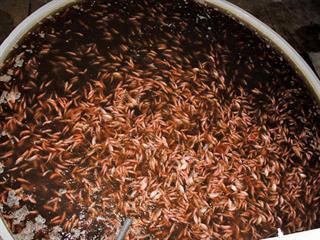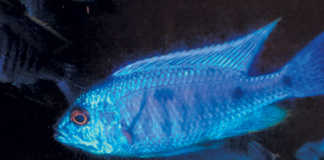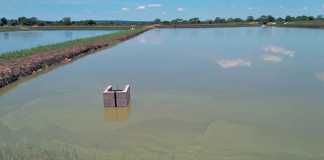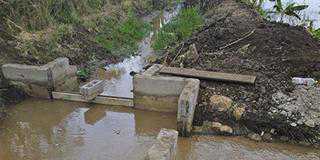
In almost every form of aquaculture, stocking rates are invariably higher than those found in nature. Fish are confined at high density in a small space, provided with clean water and abundant feed, and grow rapidly to a market-acceptable size before harvest. This is the ideal, so what are the limits of stocking density?
Cold winters
Warm-water aquaculture in South Africa does not follow the pattern of tropical countries such as Thailand, Malaysia, India or Bangladesh, which all have year-round warm water. Due to the escarpment nature of our topography, most of the country has cool to cold winters, ruling out open ponds for aquaculture. The alternative – tunnel culture – implies an intensive system in a small space.
But tunnels are expensive and since both grow-out and filtration need to be inside the tunnel for warmth during the coldest four months of the year, space is at a premium. This is one of the many good reasons to avoid circular tanks that waste space.
So, if a designer follows the rule that filtration volume should equal 30% or more of the grow-out volume, how many fish can be safely squeezed into a system?
Stocking rate is usually quoted as the mass of fish at market size per cubic metre of water that the system can sustain safely. Assuming that water temperature is correct for the species cultured, the main limitations to stocking are, in order of importance: oxygen content in the water, toxic pollutants such as ammonia, and living space.
Coping without power supply
Electrical outages have become the norm in South Africa and no system of any size can operate without backup power.
If water circulation fails for more than a few minutes in a heavily stocked system, the fish may succumb to oxygen starvation very rapidly. The bacteria in the bio-filter will also die. These bacteria rapidly decompose, resulting in a mass of hydrogen sulphide gas building up in the lower layers of the filter, which is then flushed into the fish tanks when flow resumes, killing the fish.
Remember that even if you are using one 1,1kW pump and a similar-sized air blower, your standby generator must be at least 3kW to supply adequate start-up amperage. A stocking rate of between 25kg/m3 and 35kg/m3 of water is regarded as safe – provided back-up electrical supply is reliable. I have come across aspirant aquaculturalists who are keen to stock upwards of 60kg/m3 – this can result in disaster if something goes wrong.
Even at the lower stocking rate, there is a window of only 20 to 30 minutes after circulation stops before the fish become seriously stressed. This is not long to get to your fish, check that all is well, and switch on your emergency equipment.
Intensive fish culture systems in Europe may boast far higher stocking rates, but these are run by highly qualified staff and power failure is a very rare event there anyway.
Nicholas James is an ichthyologist and hatchery owner.













